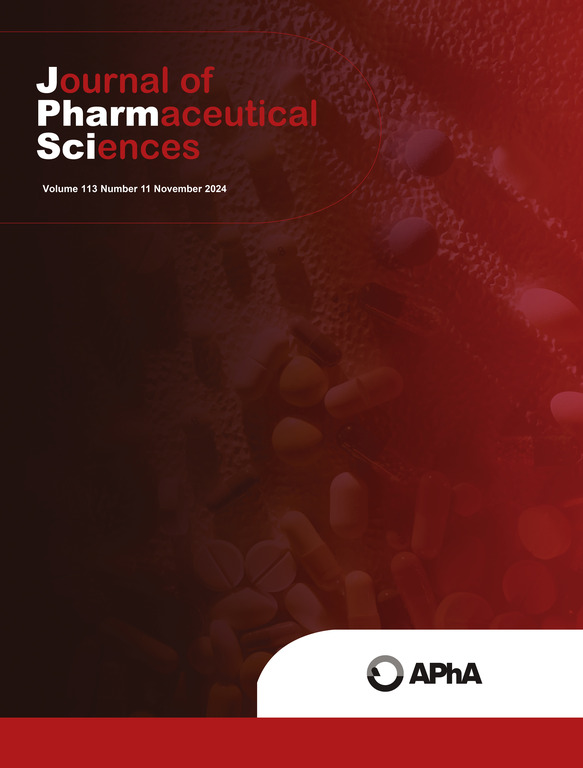口服溶磷脂酰丝氨酸纳米颗粒后小鼠肠系膜淋巴结的单细胞转录分析揭示了耐受性特征的细胞异质性。
IF 3.8
3区 医学
Q2 CHEMISTRY, MEDICINAL
引用次数: 0
摘要
针对自身蛋白或外源性治疗性蛋白的不良免疫反应可引发自身免疫性疾病或危及救生治疗性生物制剂的安全性和有效性。为了解决这一问题,我们利用磷脂酰丝氨酸(PS)将免疫原转化为耐受性原的能力,合理地开发了含有lysops的耐受性原纳米颗粒平台,以预防和减轻不必要的免疫反应。我们证明了用含有lysops的蛋白质进行预防性口服治疗可以通过诱导耐受性来防止不必要的免疫反应。然而,lysops介导的口服耐受的生物学过程和细胞通讯仍不清楚。因此,本研究旨在通过单细胞RNA测序(scRNA-seq)来表征免疫细胞相互作用和LysoPS处理小鼠的潜在耐受性机制。我们的数据显示,LysoPS纳米颗粒增加了B细胞、T细胞和NK细胞中与耐受性特征相关的rna的表达,主要是通过TGF-β反应。本文章由计算机程序翻译,如有差异,请以英文原文为准。
Single-cell transcriptional analysis of murine mesenteric lymph nodes following oral lyso-phosphatidylserine nanoparticle administration reveals cellular heterogeneity in tolerance features
Unwanted immune responses against self-proteins or exogenous therapeutic proteins can trigger autoimmune diseases or compromise the safety and efficacy of life-saving therapeutic biologics. To address this issue, we utilized the ability of phosphatidylserine (PS) to convert an immunogen into a tolerogen and rationally developed a LysoPS-containing tolerogenic nanoparticle platform to prevent and mitigate unwanted immune responses. We demonstrated that prophylactic oral treatment with LysoPS-containing proteins prevents unwanted immune responses by inducing tolerance. However, the biological processes and cellular communication involved in LysoPS-mediated oral tolerance remain unclear. Therefore, this study aimed to characterize immune cell interactions and the potential tolerogenic mechanism in mice treated with LysoPS using Single-cell RNA sequencing (scRNA-seq). Our data showed that LysoPS nanoparticles increased the expression of RNAs associated with tolerogenic features in B cells, T cells, and NK cells, primarily through TGF-β responses.
求助全文
通过发布文献求助,成功后即可免费获取论文全文。
去求助
来源期刊
CiteScore
7.30
自引率
13.20%
发文量
367
审稿时长
33 days
期刊介绍:
The Journal of Pharmaceutical Sciences will publish original research papers, original research notes, invited topical reviews (including Minireviews), and editorial commentary and news. The area of focus shall be concepts in basic pharmaceutical science and such topics as chemical processing of pharmaceuticals, including crystallization, lyophilization, chemical stability of drugs, pharmacokinetics, biopharmaceutics, pharmacodynamics, pro-drug developments, metabolic disposition of bioactive agents, dosage form design, protein-peptide chemistry and biotechnology specifically as these relate to pharmaceutical technology, and targeted drug delivery.

 求助内容:
求助内容: 应助结果提醒方式:
应助结果提醒方式:


